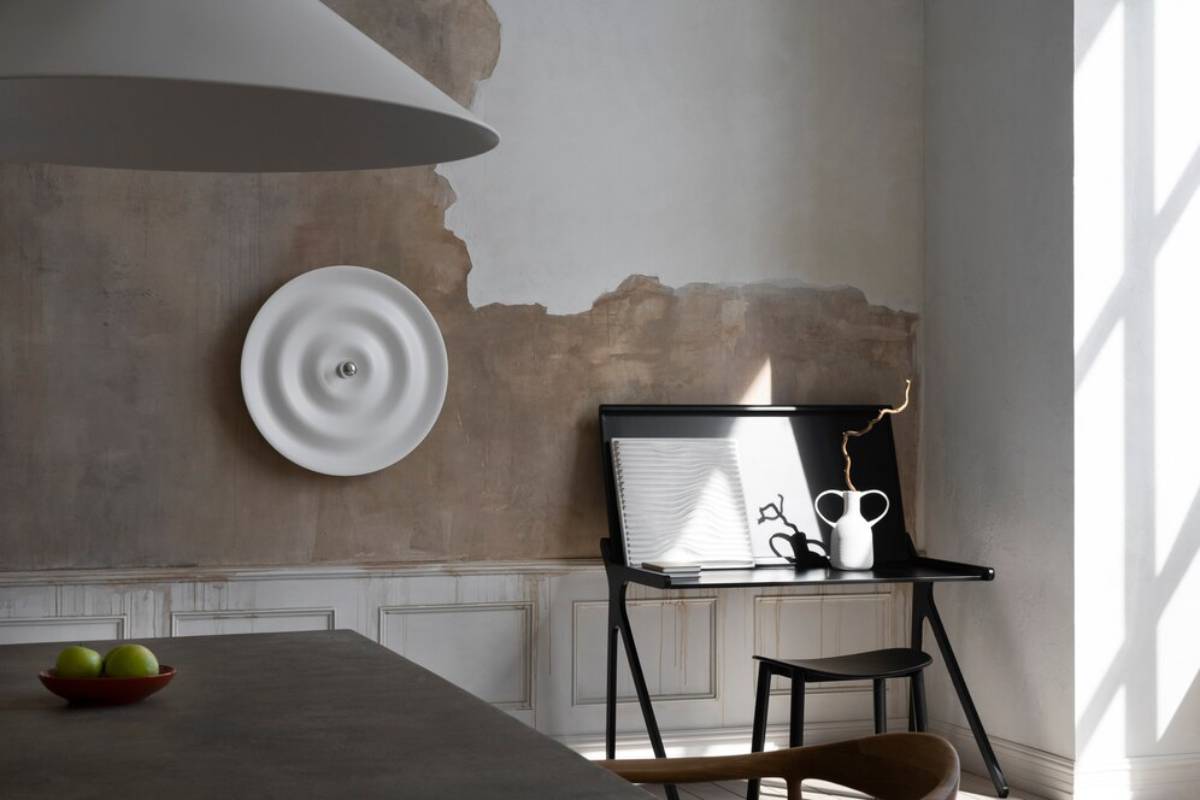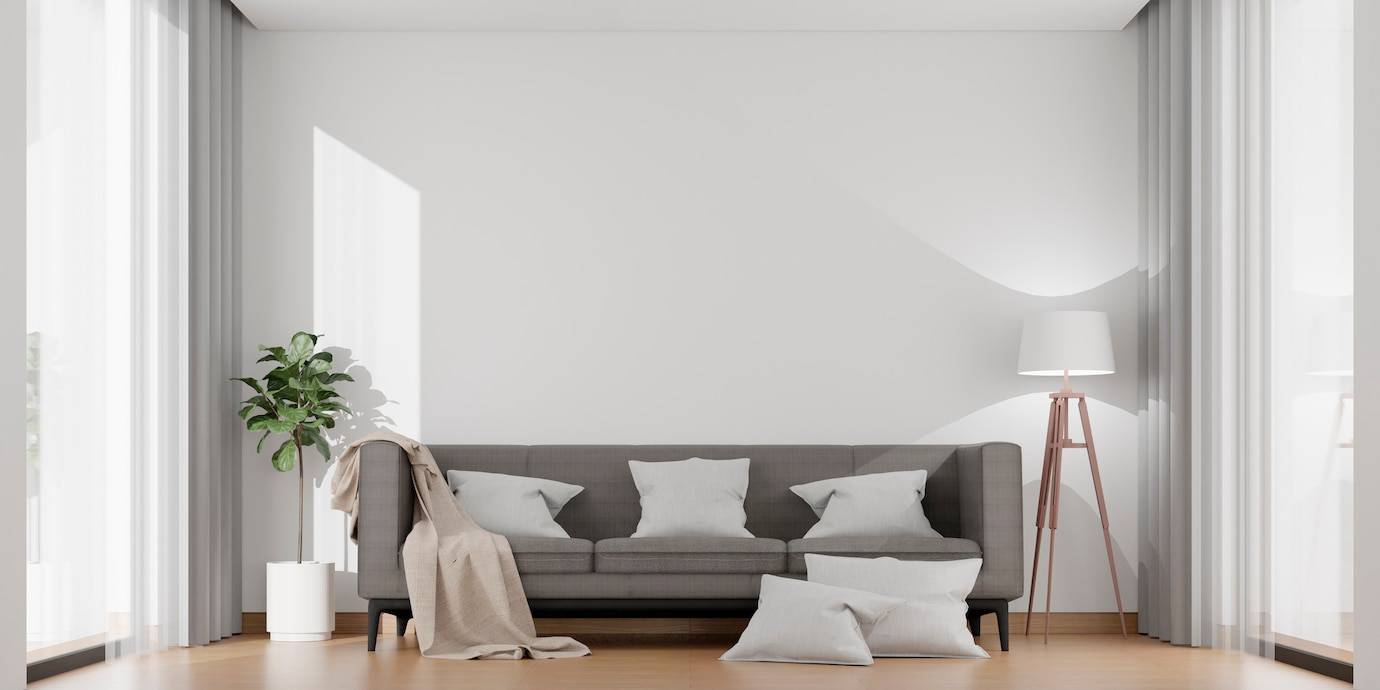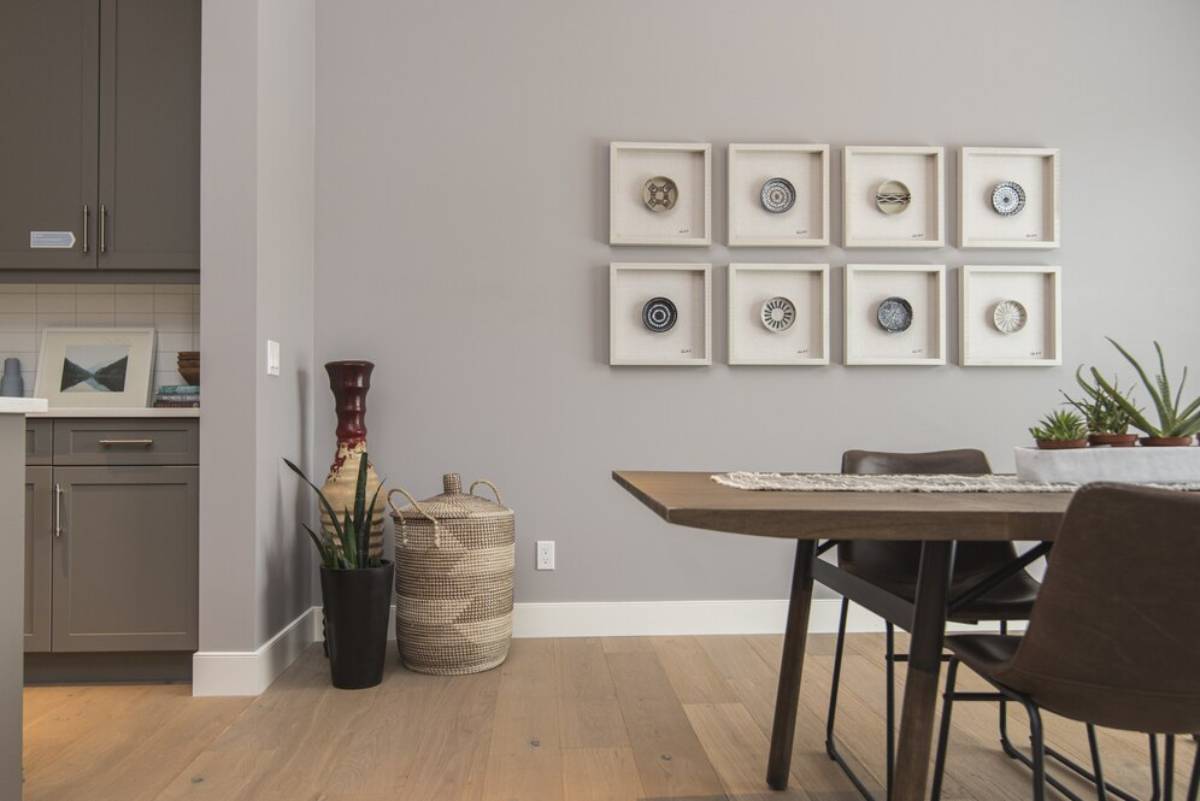
Creating a Monochrome Scandinavian Look
Scandinavian design is known for its timeless aesthetic—functional, light-filled, and steeped in simplicity. While many associate Nordic interiors with soft neutrals and organic textures, a growing number of design enthusiasts are embracing a more dramatic variation: the monochrome Scandi look. Defined by bold contrasts and crisp lines, this style captures the essence of minimalism while introducing striking visual clarity through black and white decor.
In this guide, we explore how to create a cohesive, monochrome Scandinavian interior using a refined Nordic palette. From colour balance to material choices and spatial flow, discover how to achieve elegance without sacrificing warmth or liveability.
Why Monochrome Works in Scandinavian Design
At first glance, black and white may seem at odds with the light, hygge-inspired tones of traditional Nordic spaces. But monochrome styling is rooted in the same principles:
- Minimalism: Clarity, simplicity, and purpose define the layout.
- Functionality: Every piece serves a role, with no excess or clutter.
- Light Maximisation: White walls reflect light, while black accents create depth.
- Nature-Inspired Balance: Despite the lack of colour, the focus on natural materials grounds the space.
Ultimately, a monochrome Scandi design is not about stark contrast, but controlled harmony. It’s the intersection of boldness and restraint.
The Foundations of a Nordic Monochrome Palette
A Nordic palette in monochrome relies heavily on tone, texture, and light rather than saturation. Rather than using pure white and jet black, most Scandinavian designers lean toward softened versions:
- Soft White or Bone: Warmer than pure white, softer on the eye.
- Charcoal or Graphite: Deep greys provide depth without overwhelming.
- Off-Black: Matte finishes and textural blacks feel less severe.
- Cool Grey Tones: Used as bridging shades between the extremes.
These tones offer nuance and sophistication, keeping the design grounded and inviting.
Key Elements of a Monochrome Scandi Interior
1. Walls and Flooring
Start with clean, white walls to maximise natural light—an essential feature of Nordic interiors. For contrast, floors can range from whitewashed wood to deep, matte-stained planks.
Tip: Avoid gloss finishes on walls or floors; matte and semi-matte surfaces maintain the organic aesthetic.
2. Furniture
Scandinavian furniture is known for its clean lines, tapered legs, and multi-functional design. In a monochrome scheme, contrast is key.
- White or light wood furniture can be anchored with black frames or detailing.
- Use black dining chairs or stools around a white table for high-impact symmetry.
- Introduce pieces with visible grain or texture to soften the palette.
3. Textiles and Upholstery
Soft furnishings are vital in avoiding a cold or sterile feeling. Use texture-rich monochrome fabrics to add warmth and tactility.
- Wool or linen throws in light grey, ivory, or black
- Geometric or abstract cushions in black and white patterns
- Layered rugs (e.g., a white wool base with a black jute overlay)
The play of texture is what keeps black and white decor from feeling flat.
4. Lighting
Scandi spaces are renowned for their thoughtful lighting design. In monochrome interiors, lighting fixtures often double as focal points.
- Opt for black industrial-style pendant lights over dining or kitchen areas
- Use sculptural white floor lamps to soften corners
- Consider exposed bulb sconces for a raw, architectural edge
Balance is crucial—every dark fixture should be countered by surrounding light and space.
5. Artwork and Wall Features
A monochrome palette allows for bold, graphic wall art. Black-and-white photography, minimalist line drawings, and abstract canvases create visual punctuation.
- Consider large-scale art in black frames for high contrast
- Wall-mounted shelving in matte black or white offers depth and storage
- Floating art installations (wireframes or paper sculptures) add dimension
Using Black and White Without Losing Warmth
While black and white decor is inherently cool-toned, Scandinavian design principles ensure it doesn’t feel harsh or impersonal. Here’s how to soften the look:
Add Natural Materials:
- Pale woods like birch, ash, and pine
- Stone elements in matte finishes
- Leather, wool, and linen in neutral tones
Introduce Greenery:
Even in monochrome settings, a few plants breathe life into the space and contrast beautifully against black and white surfaces.
Use Rounded Forms:
To balance the linear geometry of monochrome design, add round mirrors, arched lamps, or circular tables.
Accent Strategies in a Monochrome Setting
While strict monochrome adheres to black, white, and grey, there’s room for subtle deviation—provided it adheres to the minimalist mindset.
1. Metallics:
- Brushed brass or blackened steel adds quiet elegance.
- Use sparingly—light fixtures, hardware, or small decor pieces.
2. Wood Tones:
- Limit to one or two pale wood varieties for consistency.
- Match wood tones across furniture legs, shelving, and decor accents.
3. Colour as Texture:
Rather than traditional colour, use tone-on-tone materials like woven fabric, matte stone, or unfinished ceramics to create layers of interest.
Monochrome in Different Rooms
Living Room:

- White walls, black steel-frame coffee table, and light-grey sectional
- Textured monochrome cushions and a soft wool rug
- Abstract wall art in black and white
Kitchen:
- White cabinetry with matte black handles
- Black pendant lights and white countertops
- Open shelving in black or dark-stained wood
Bedroom:
- Crisp white bedding with charcoal throw
- Minimalist black side tables
- A statement black-framed mirror above the dresser
Bathroom:
- Subway tiles in white with black grout
- Black fixtures (taps, towel rails)
- Marble accessories or concrete sink to soften the contrast
Mistakes to Avoid
Using high-gloss black or white surfaces that reflect light excessively
Combining multiple shades of black without cohesion
Ignoring texture—monochrome needs tactility to avoid flatness
Over-decorating—monochrome spaces should breathe
Adding vibrant colour accents that disrupt the calm
Evolving the Look Over Time
A well-designed monochrome Scandi interior should be flexible and adaptive. It should age gracefully and allow for small seasonal or personal changes.
- In colder months, add heavier textures in charcoal and wool.
- In warmer seasons, swap in gauzy white curtains and crisp linen throws.
- Layering in black-and-white photographic art or rotating minimalist sculptures keeps the aesthetic dynamic.
Key Takeaway
The monochrome Scandi look is a masterclass in contrast, balance, and restraint. Through thoughtful use of black and white decor, grounded in a soft and versatile Nordic palette, it’s possible to create spaces that are both striking and serene. This style strips away the unnecessary while embracing the expressive potential of simplicity.
Clarity Through Contrast

Minimalism isn’t about removing identity—it’s about refining it. A monochrome Scandinavian interior offers a compelling way to express elegance, precision, and purpose through design. When black meets white in the right way, the result is not coldness but clarity.
So embrace the discipline, elevate the detail, and let contrast carve out the calm.


